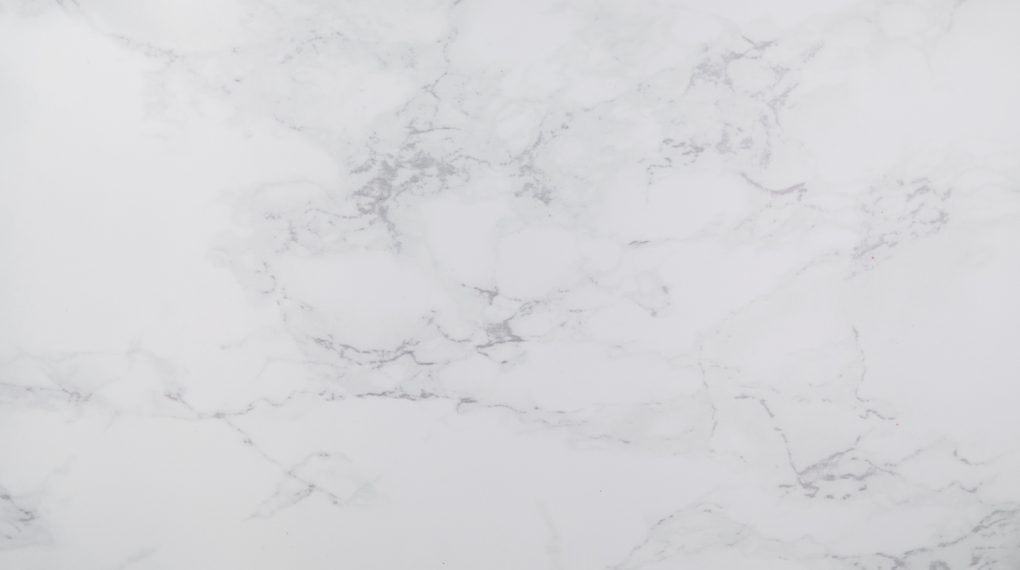Understanding how to sand after skim coat is crucial for achieving that flawless wall texture you’ve always desired. In this article, you’ll find a step-by-step guide to help you do just that, even if you’re a complete beginner.

Why Sanding After Skim Coating is Important
Sanding after skim coating is essential for removing imperfections and ensuring a smooth finish. It makes the subsequent painting or wallpaper application easier and more effective. Let’s look at the steps you need to follow.
How to Sand After Skim Coat: Materials Needed
- Sanding block or sanding sponge
- 120-grit and 220-grit sandpaper
- Dust mask
- Safety goggles
- Vacuum cleaner
Step 1: Safety Precautions
Before you dive into sanding, it’s crucial to prioritize your safety. Wearing a dust mask is essential to protect your respiratory system from fine particles that will be released during the sanding process. Additionally, safety goggles are a must to shield your eyes from potential flying debris or dust. Place these protective gears comfortably but securely on your face. Make sure they don’t slip off or obstruct your vision while you work.
Step 2: Choose Your Sanding Tool
Selecting the right tool is key for a successful sanding experience. You generally have two options: a sanding block or a sanding sponge. A sanding block is typically made of wood or foam and provides a firm grip. It is ideal for flat surfaces. On the other hand, a sanding sponge is softer and more flexible, making it excellent for corners and curved surfaces. Consider the areas you will be working on to make the right choice.
Step 3: Attach the Sandpaper
For the initial round of sanding, opt for 120-grit sandpaper. Unroll the sandpaper sheet on a flat surface and press the sanding block or sponge onto it. Cut or tear the paper in a size that fits your tool. Wrap the sandpaper around the sanding block or sponge tightly, making sure it stays in place. Some people prefer to use a bit of adhesive to keep the sandpaper securely attached.
Step 4: Test on a Small Area
Before you start sanding the entire surface, pick a small, inconspicuous area for testing—perhaps a corner or behind where furniture will go. This step will help you understand how much pressure is needed and how the skim coat reacts to sanding. If you find that you’re removing too much material or not enough, adjust your technique accordingly.
Step 5: Sand in Circular Motions
Now, move on to sanding the skim-coated surface. Hold your sanding tool flat against the wall and apply moderate pressure. Use smooth, circular motions to sand the area, moving in a pattern that allows you to cover the entire surface evenly. Don’t rush this step; it’s crucial for achieving a consistent finish.
Step 6: Switch to Finer Grit
After you’ve sanded the entire area with 120-grit sandpaper, it’s time to switch to a finer, 220-grit sandpaper. This will give you a smoother finish that’s ideal for painting or wallpaper application. Attach the 220-grit sandpaper to your sanding tool and repeat the sanding process. Remember to apply moderate pressure and maintain circular motions.
Step 7: Clean the Surface
You’re almost there! The final step is to clean the surface thoroughly. Use a vacuum cleaner with a brush attachment to remove all dust and debris from the wall. This ensures that your wall is in the best possible condition for painting or wallpapering. Take a moment to inspect your work; the surface should feel smooth to the touch. If any imperfections remain, you may need to do a little more fine-grit sanding.
For more articles on sanding, click here: Sanding: Your Full-Circle Guide to Smooth Mastery
How to Sand After Skim Coat: Conclusion
Knowing how to sand after skim coat is a valuable skill for any DIY home renovator. Follow these steps to ensure a smooth and perfect wall surface.